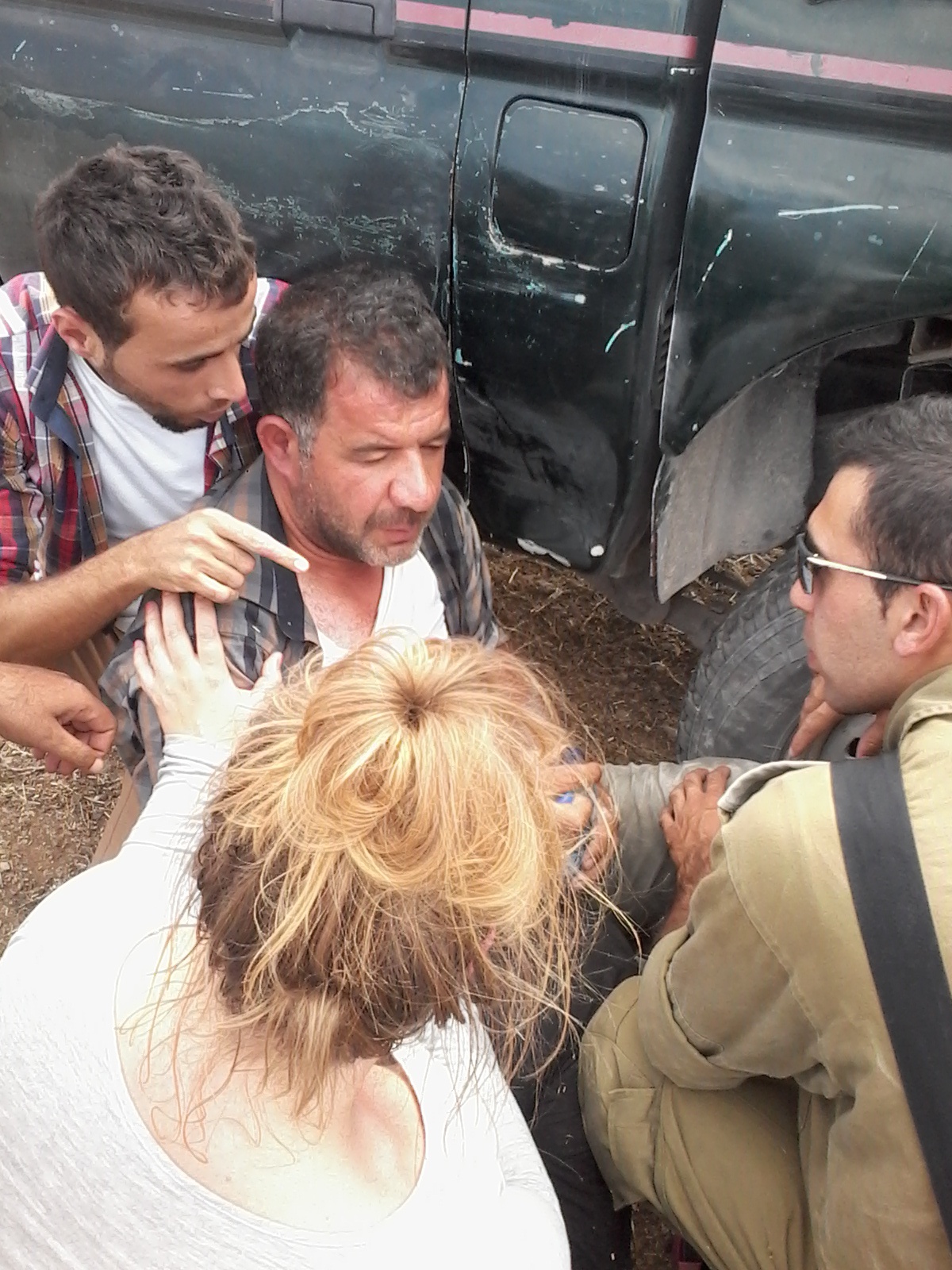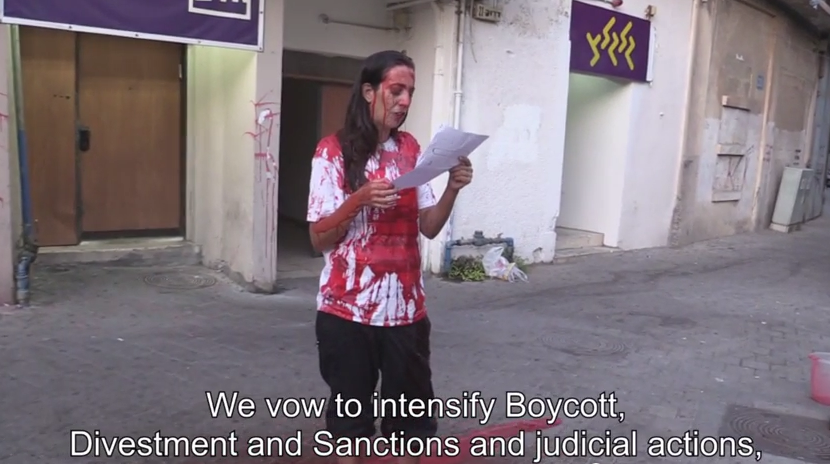Category: Video
-
Two arrests, three detentions and over 100 tear gas grenades used against children in Hebron since the school year began
2nd October 2014 | International Solidarity Movement | Hebron, Occupied Palestine “The child are having problems concentrating on their school work due to their emotional state and the stress due to the daily attacks by the occupation forces, which are continuously escalating.” Stated Hebron teacher, Shukri Zaroo, to the International Solidarity Movement (ISM). Children in al-Khalil (Hebron)…
-
Israeli soldiers delay medical treatment to arrested Palestinian
1st October 2014 | International Solidarity Movement, Nablus Team | Khirbet Al-Tawil, Occupied Palestine On Monday morning, the 29th of September, settlers and the Israeli army invaded the village of Khirbet Al-Tawil east of Aqraba. They destroyed the village’s main electrical cable and water pipe. The inhabitants of the village have been without electricity and running water since…
-
Jews Against Genocide: Blood bucket challenge at Yad Vashem
29th September 2014 | Jews Against Genocide | Occupied Palestine Jews Against Genocide held memorials for the victims of Israel’s recent genocidal attack on Gaza during which the speakers poured buckets of blood like liquid over themselves at Yad Vashem holocaust museum in Jerusalem, the US embassy in Tel Aviv, The Israeli Supreme court in Jerusalem,…



